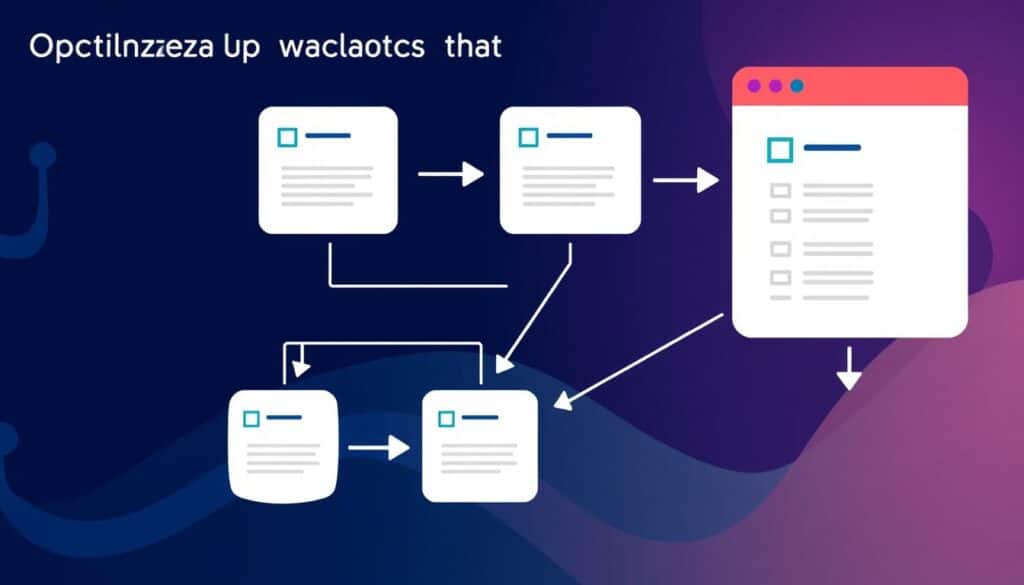Collecting Addresses Through a Address Collection Site
The process of collecting addresses during the COVID epidemic is a challenging and time-consuming job. Whether you're collecting for a wedding, an event or holiday card having a central list of addresses will make the process much easier!

Set up a website with your own personal URL. Share this link with family and friends to allow them to give you their addresses as well as birthday information, telephone numbers, etc. Your new website will store all of this information for you, without any charge, limit or hassle.
Collecting addresses
The process of obtaining addresses for weddings is vital. It can be done in a variety of ways, both digitally and traditionally. A website is the most efficient way to gather and compile addresses. 주소모음 are designed to be easy to use and are able to be shared with your family and friends so that they can update their information online. You can then download the entire data as spreadsheets or CSV file at anytime. These sites are generally free to use, and will never store or sell your personal information such as address details.
Mailbook is one of the most sought-after choices for digital invitations. This site helps couples gather and compile the information they need for their invitations. After you sign up for a free account on the service you'll receive an individual link that you can share via text message, email or Facebook. The link will prompt users to enter their address information and will then save it to an individual contact list. The service also comes with many other features that make it a great option for couples who want to streamline their wedding planning.
Another method of collecting and organizing addresses is an app that is available on a tablet or smartphone. These apps can be used for creating customized envelopes and labels to send invitations or thank you cards. These apps are usually free to download and include a variety of features that can be beneficial in planning your wedding.
There are a variety of ways to gather addresses. Combining manual and digital methods is the most effective way to make sure that everyone receives an invitation. A centralized list of wedding addresses will not only help you organize your wedding but also let you communicate with vendors and complete other tasks you have listed on your list.
Mobile Apps
Every mobile phone has an address book application built-in, often called "Contacts." These apps also come with additional tools to help you manage your personal information. Some include backup and synchronization features, allowing you to move data and contacts between devices. Some offer unique features, like the social compass, which informs friends of one another's presence or an identification service for callers that allows users exchange contact information in a single click.
CircleBack (Free/iOS) merges new information from social networks to remove duplicate entries and improve the contact information. The app can also identify missing information such as job titles and notify users when a contact is updated on a different device.
Stat Trak Address Book is an easy-to-use software application that permits you to keep contact information as well as print address books and labels. The customizable features of the Stat Trak Address Book permit you to add more information in the form of notes or grouping data by categories. The program allows you to recall contacts using their first or last names and also send birthday reminders. It also allows you to analyze data and generate detailed reports, which can save time by automating certain tasks. The software offers multiple printing options for envelopes as well as address labels, as well as a template function to create your own designs.
Manual Methods
Addresses are a critical piece of information used for administrative purposes, emergency response research and development, mapping, GIS, and routing and navigation. Addresses are gathered by local authorities in the thousands and are stored in a variety of databases and records. They can be used for many different purposes. They are difficult to integrate into central databases because of the various formats and types of data. Software programs can help parse and standardize this data, cleaning up errors and duplicate entries, and ensuring that data is accurate and complete.
These programs are based on algorithms that use complex structures and databases like GeoPostcodes to evaluate the quality of addresses and provide a of the data's reliability and accuracy. The data is then incorporated into the CSDGM to create a single file. The program can also check and compare the file against authoritative databases to ensure that the information is correct and up-to-date.
Although these programs can offer valuable functionality but they are usually expensive to install and maintain. These programs are difficult to implement or use in large companies or by the general public. They are also susceptible to errors or bugs, which could result in incomplete or inaccurate data.
There are a few standards that support address-related data, including the Content Standard for Digital Geospatial Metadata(CSDGM), OpenGIS Simple Features Specification For SQL Revision 1.1 and the Geographic Information Data Model(OGDM). The OGC has several other standards that are mostly focused on address data. However they do not take into account the quality of information or report.
The OGC has created three standards: ISO 19113, 19114, SDTS. These standards are focused more on the transfer and description of address-related information. 링크모음사이트 cover content testing for different uses of this type of metadata and methods for evaluating the quality of the data.
주소모음 of collecting and storing address information is to use the database. It can be as straightforward as a spreadsheet, or more advanced tables and data structures. It is a very flexible and widely used tool however it can be challenging to establish and manage, especially in large organizations that have many users.
